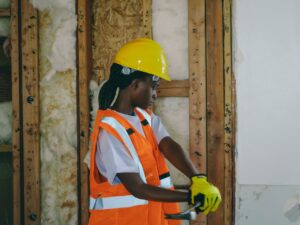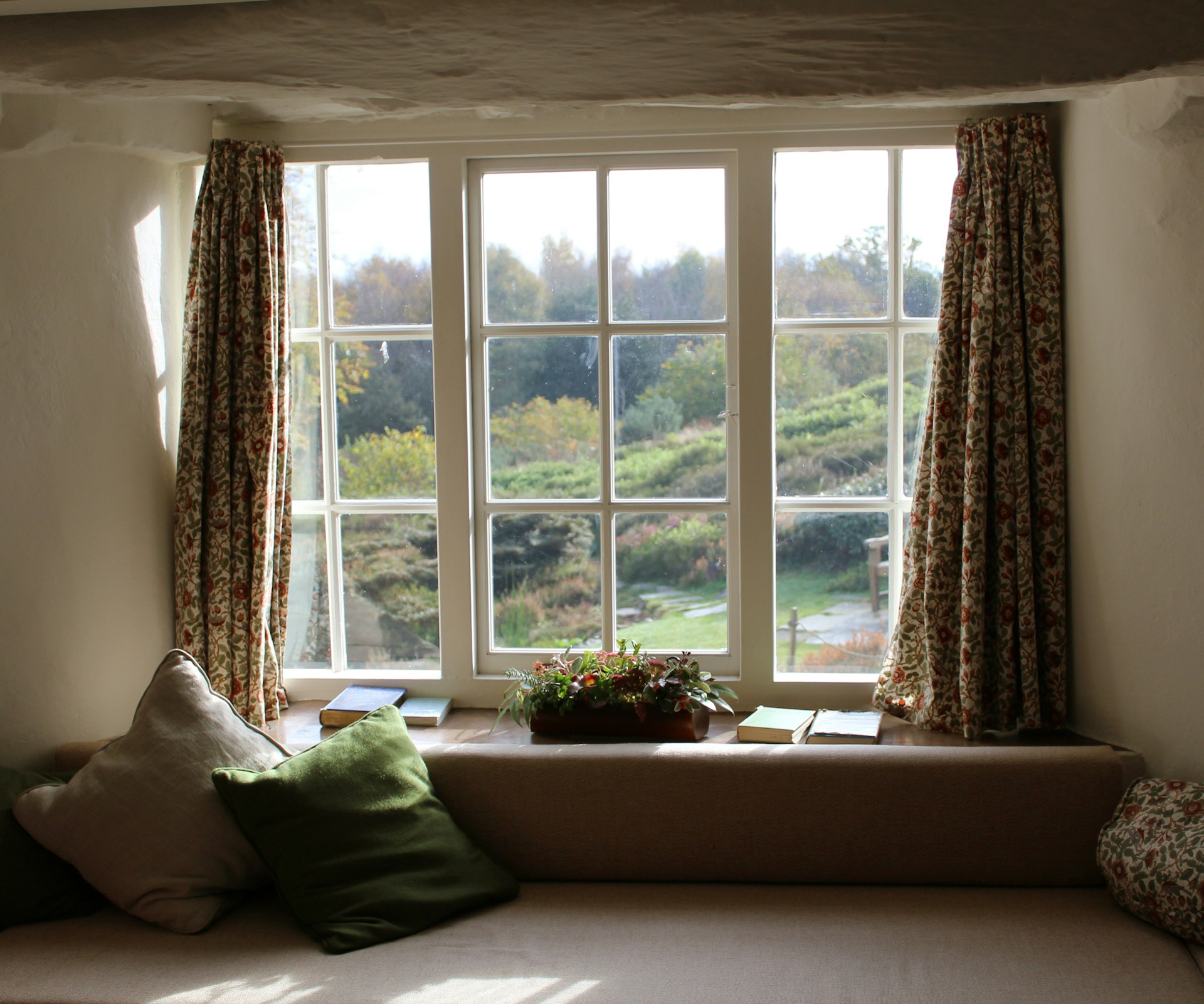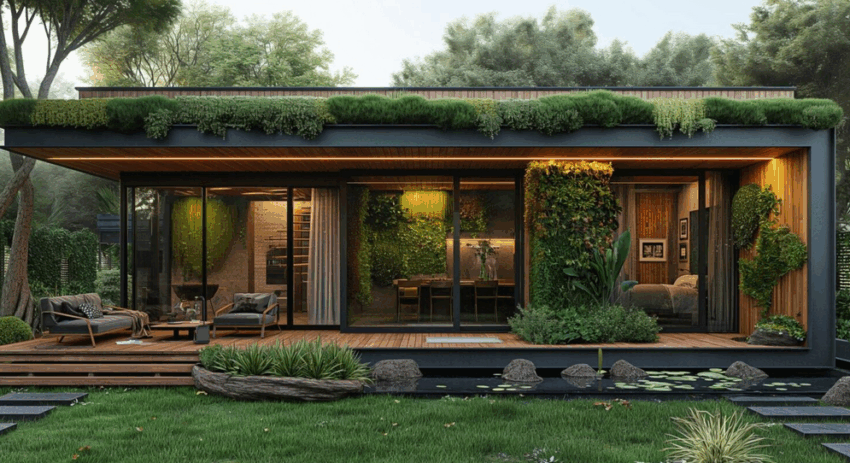Building a home that uses minimal energy starts with smart design choices. Westdeutsche Zeitung talks about how passive house principles can dramatically reduce heating and cooling needs. By focusing on insulation, airtightness, and natural energy sources, homeowners can cut bills while living comfortably.
High-Performance Insulation
 Insulation is the backbone of any passive house. Thick walls, roofs, and floors prevent heat from escaping during winter and keep interiors cool in summer. This approach dramatically lowers reliance on heating systems and air conditioners, saving money every month. Homeowners also notice improved indoor comfort with consistent temperatures. It’s like wrapping the house in a protective cocoon. Choosing eco-friendly insulation materials can further reduce environmental impact while maintaining effectiveness.
Insulation is the backbone of any passive house. Thick walls, roofs, and floors prevent heat from escaping during winter and keep interiors cool in summer. This approach dramatically lowers reliance on heating systems and air conditioners, saving money every month. Homeowners also notice improved indoor comfort with consistent temperatures. It’s like wrapping the house in a protective cocoon. Choosing eco-friendly insulation materials can further reduce environmental impact while maintaining effectiveness.
Airtight Construction
Preventing drafts is just as important as having insulation. Airtight seals around windows, doors, and walls block uncontrolled airflow that can spike energy use. It also improves indoor air quality, as controlled ventilation can filter dust and allergens. A tight envelope allows heating and cooling systems to work efficiently without overcompensating for leaks. Even small gaps can make a noticeable difference in energy consumption. Paying attention to these details during construction avoids costly adjustments later.
Heat Recovery Ventilation Systems
Even airtight homes need fresh air. Heat recovery ventilation systems bring in outdoor air while capturing heat from outgoing air. This method keeps indoor air fresh without losing energy through ventilation. The systems can also regulate humidity, preventing mold growth and improving comfort. Over time, the energy savings from controlled airflow can be substantial. It’s a solution that combines efficiency with health benefits.
Strategic Window Placement and Shading

Windows are more than just aesthetic; they control heat gain and natural lighting. South-facing windows capture winter sun, while properly designed shading prevents overheating in summer. This balance reduces dependence on electrical lighting and cooling systems. High-performance, double or triple-glazed windows amplify these benefits. They trap warmth during cold months and resist heat during summer. Integrating shutters or overhangs can add another layer of energy efficiency.
Passive Solar Design
Orientation and building shape can reduce energy demands significantly. Passive solar design uses sunlight to naturally heat spaces and illuminate interiors. Simple strategies, like positioning living areas toward the sun, can lower the need for artificial heating. Thermal mass, such as concrete or stone floors, stores daytime heat for evening use. The result is a home that feels comfortable year-round without relying heavily on mechanical systems. Even small design tweaks can have a big impact on bills and sustainability.
Efficient Lighting and Appliances
 Energy-efficient lighting and appliances complement passive house design. LED bulbs, low-energy fixtures, and smart home appliances reduce electricity consumption without sacrificing convenience. This approach ensures that the home’s energy performance is maximized alongside its structural efficiency. Modern appliances with high energy ratings also last longer and cost less to operate over time. Combining these with automated systems, like motion-sensor lights, further cuts unnecessary usage. It’s a practical step that fits seamlessly into sustainable living goals.
Energy-efficient lighting and appliances complement passive house design. LED bulbs, low-energy fixtures, and smart home appliances reduce electricity consumption without sacrificing convenience. This approach ensures that the home’s energy performance is maximized alongside its structural efficiency. Modern appliances with high energy ratings also last longer and cost less to operate over time. Combining these with automated systems, like motion-sensor lights, further cuts unnecessary usage. It’s a practical step that fits seamlessly into sustainable living goals.
Implementing passive house principles transforms how homes use energy. From insulation and airtightness to smart window placement and ventilation, these strategies lower costs and improve comfort. By adopting these methods, homeowners create sustainable, practical living spaces that are friendly to both their budgets and the planet.

